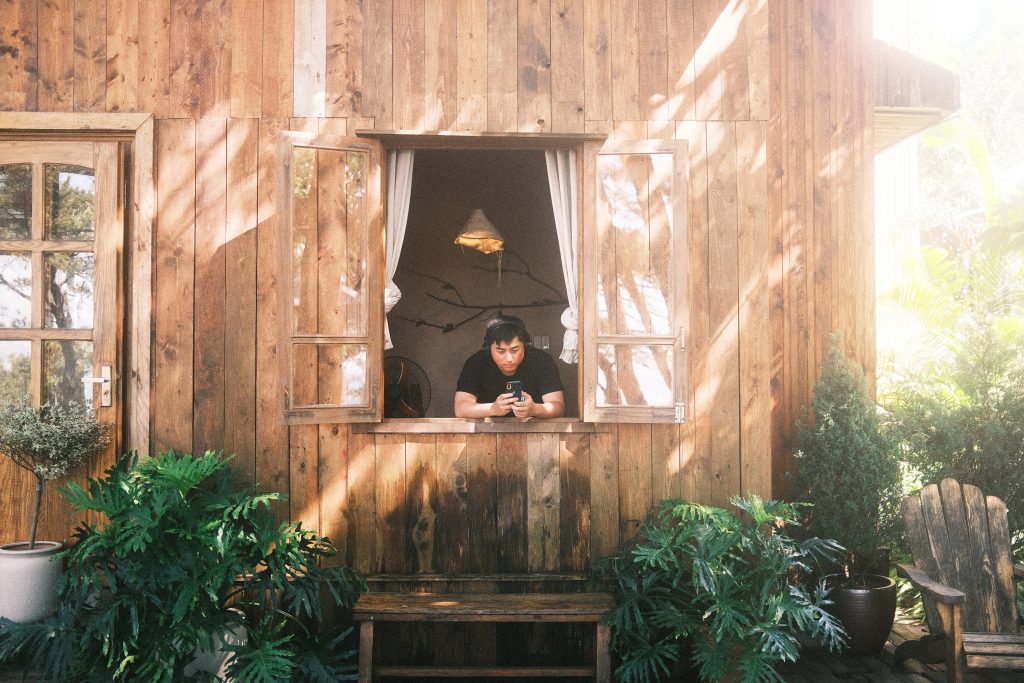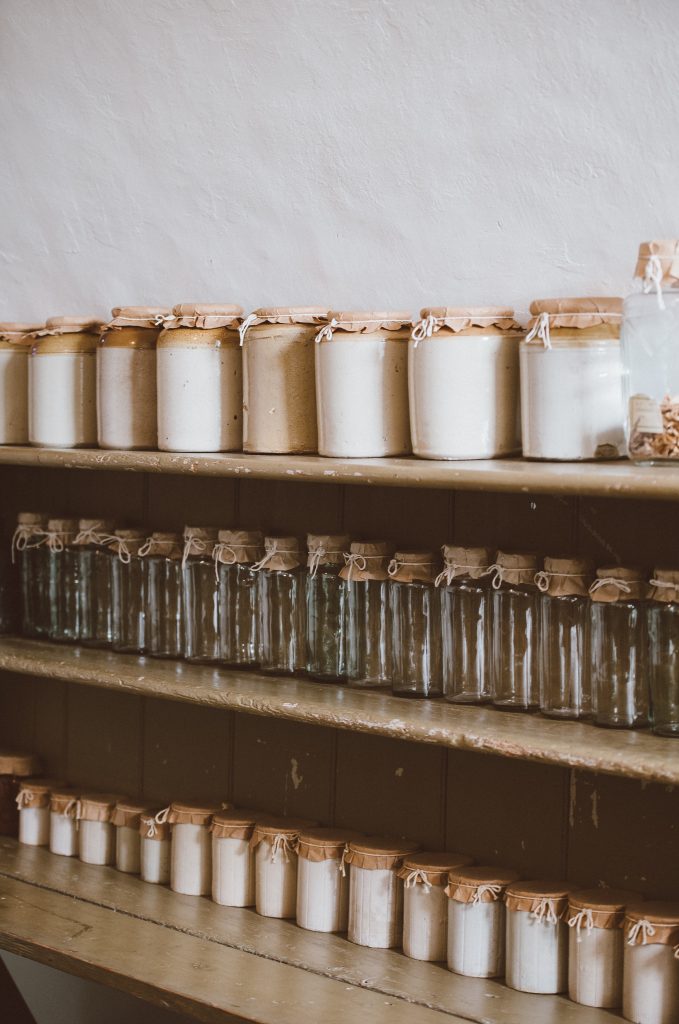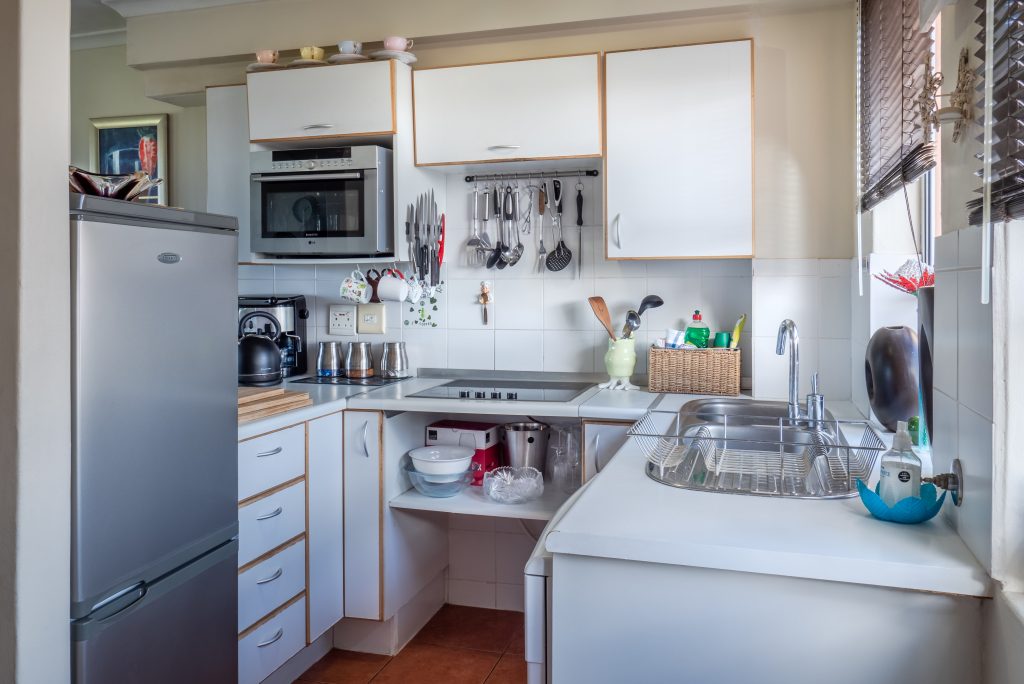Farmhouse Kitchen Styles – Rustic, Cozy, and Vintage Design
We may earn a commission for purchases made using our links. Please see our disclaimer to learn more.
Farmhouse Kitchen Styles – Rustic, Cozy, and Vintage Design
Introduction
Ever wonder why farmhouse kitchens are all the rage these days? I get it—there’s something incredibly heartwarming about walking into a kitchen that feels like it has a history, a story, and a whole lot of character. So, let’s dive into what makes a farmhouse kitchen so special and how you can create your own cozy space with Farmhouse Kitchen Styles.
Why Farmhouse Kitchens?
First off, they’re cozy! Picture yourself sipping hot coffee while making pancakes on a Sunday morning. Now, imagine doing that in a kitchen filled with rustic charm and vintage elements—that’s the farmhouse dream.
The Allure of Rustic, Cozy, and Vintage Farmhouse Kitchen Styles
Words like rustic, cozy, and vintage aren’t just buzzwords; they embody the essence of farmhouse kitchens. These terms describe spaces where families gather, where you can be yourself, and where functionality meets timeless design.
Key Components of a Farmhouse Kitchen
Farmhouse kitchens have unique components that differentiate them from your run-of-the-mill modern kitchen. Let’s delve into these elements! Discover the must-have elements that define Farmhouse Kitchen Styles.
From wooden accents that radiate rustic charm to open shelving that showcases your personality, these key features set the stage for a cozy cooking haven.
Don’t forget the iconic farmhouse sink, often an apron-front, which serves as the centerpiece of your culinary oasis. Mix these components to create your perfect blend of vintage and functional design.
Wood Accents

Nothing screams farmhouse more than wood accents. Whether it’s barnwood beams or butcher block countertops, wood is a must-have. Wood accents are a cornerstone in Farmhouse Kitchen Styles. From rustic barnwood beams to wooden countertops, they add warmth and texture.
Choose oak for a rugged vibe or pine for a lighter touch. These wooden elements make your kitchen not just a cooking space, but a cozy haven that beckons you to relax and stay awhile.
Types of Wood to Consider with your Farmhouse Kitchen
Think oak for a more rustic look, or perhaps pine if you’re after a lighter, airier feel. When considering wood types for your Farmhouse Kitchen, choice matters. Oak offers durability and a rustic feel.
Pine provides a lighter, airier ambiance. Both woods contribute distinct character, making your kitchen a cozy sanctuary. Your choice sets the tone for your space’s warmth and welcoming vibe, so choose wisely to craft your ideal farmhouse kitchen.
Open Shelving

Shelves full of mason jars, vintage glassware, and antique pieces? Yes, please! Open shelving is a staple in Farmhouse Kitchen Styles, offering both function and flair. Showcase your antique dishes, mason jars, or heirloom cookbooks.
While they grant easy access to everyday items, keep in mind that they can also become a catch-all for clutter. Opt for open shelves to effortlessly blend storage and display, giving your kitchen that signature farmhouse charm.
The Pros and Cons
Open shelves offer easy access but remember, clutter can easily accumulate. Open shelving brings undeniable charm to Farmhouse Kitchens, but it’s a double-edged sword. Pros include easy access and aesthetic appeal.
On the flip side, they can accumulate dust and clutter, demanding regular upkeep. Weigh these pros and cons to decide if open shelves align with your lifestyle and aesthetic vision for a cozy, organized farmhouse kitchen.
Sink Styles
A farmhouse sink, often with an apron-front design, is a standout feature in Farmhouse Kitchen Styles. Its deep basin is perfect for washing large pots, but its size might eat into under-sink storage.
This eye-catching component blends functionality with style, serving as the kitchen’s focal point. Consider your needs carefully to choose a sink style that marries form and function in your farmhouse kitchen.
Apron-Front vs. Other Types
While apron-front sinks are eye-catching, consider your needs. Are you okay with the deep basin, or would you prefer a shallower sink? When it comes to Farmhouse Kitchen sink styles, apron-front sinks steal the show. Their deep basins are great for large chores but can limit under-sink storage.
On the other hand, traditional sinks might offer less drama but provide more space efficiency. The choice between apron-front and other types depends on your kitchen habits and storage needs. Each has its merits, so decide based on your lifestyle and design goals.
Color Palette Choices
Farmhouse kitchens aren’t just about muted colors; they’re also about creating a harmonious palette. Color palettes in Farmhouse Kitchens go beyond just neutrals. While whites and beiges offer a clean canvas, don’t shy away from pops of color.
Balance is key—pair neutral walls with colorful accents like a vibrant rug or pastel dishes. Your color choices can breathe life into the space, making your kitchen not just a place for cooking, but a cozy, inviting hub for family and friends.
Neutrals and Whites
Whites and neutrals serve as the backdrop, giving you the freedom to accessorize. Neutrals and whites serve as the backbone in Farmhouse Kitchen Styles, offering a timeless and versatile base. They make your space feel larger, cleaner, and more inviting.
These shades allow for endless accessorizing options, from rustic wood elements to vibrant kitchenware. Choose neutrals and whites as your foundational palette to create a harmonious and inviting farmhouse kitchen environment.
How to Mix and Match
Balance is key. Pair white subway tiles with a wooden countertop for contrast. Mixing and matching is the essence of Farmhouse Kitchen design. Blend wood tones with metal finishes; pair open shelves with closed cabinets. The trick is to maintain a cohesive theme.
For instance, if you opt for a rustic vibe, choose elements like vintage handles or antique decor to tie it all together. This design approach lets you curate a personalized, eclectic kitchen that’s as unique as you are.
Pops of Color

Don’t be afraid to introduce pops of color through textiles or dishes. Pops of color add life to the neutral backdrop of Farmhouse Kitchens. Consider a teal kettle or red barstools to inject personality.
These vibrant elements act as visual anchors, catching the eye and breaking up the expanse of whites and neutrals. A pop of color can be the secret ingredient that takes your cozy, rustic kitchen from beautiful to truly captivating.
Where and How to Add
A colorful rug or some vibrant pottery can add the right amount of flair. Adding key elements to your Farmhouse Kitchen is an art. Place wooden accents on the island, and use open shelves for decorative items.
Consider a vintage rug near the sink and pops of color in the form of kitchenware or small appliances. The placement of these components can elevate your kitchen from simply functional to a warmly inviting, aesthetically pleasing space that embodies the farmhouse spirit.
Farmhouse Kitchen Furniture
Furniture plays a vital role in tying the whole farmhouse look together. Farmhouse kitchen furniture adds the finishing touches to your rustic space. Think distressed wooden tables or wicker chairs for that cozy feel. These pieces should evoke a sense of history, as if they’ve been passed down through generations.
From a weathered hutch to a farmhouse-style dining table, the furniture you choose can transform your kitchen into a homey, inviting gathering place for all.
Tables and Chairs
Think solid, chunky furniture that screams durability. Tables and chairs are vital in Farmhouse Kitchens. Opt for sturdy wooden tables and matching or eclectic chairs that evoke a lived-in feel. These anchor pieces can be new buys with a distressed finish or genuine antiques.
Their robustness and comfort add to the kitchen’s welcoming atmosphere, inviting everyone to sit down for a hearty meal or a cozy chat. Choose pieces that make your farmhouse kitchen a communal hub.
Sizing and Material Considerations
Opt for something that fits your space. A massive table in a small kitchen will overwhelm the room. When it comes to sizing and material in Farmhouse Kitchens, think practicality meets style. Large wooden tables offer ample space but require room.
Materials like reclaimed wood or wrought iron not only look great but are durable too. Choose according to your space and lifestyle needs, ensuring that the elements you pick offer a blend of aesthetics and function. The right choices make your kitchen not just stylish, but also a joy to use.
Farmhouse Kitchen Vintage Accents
Antique clocks or retro signs bring in a whimsical touch. Vintage accents are the soul of Farmhouse Kitchens. Think antique signs, weathered wall clocks, or old-fashioned canisters. These items add character and tell a story, making your kitchen uniquely yours.
By incorporating vintage touches, you elevate the space from simply rustic to authentically farmhouse, capturing the essence of a bygone era right in the heart of your home.
Where to Find Them
Thrift stores and flea markets are your best friends for finding unique items. Hunting for vintage accents for your Farmhouse Kitchen? Flea markets, thrift stores, or online platforms like Etsy are goldmines. Look for items that speak to you, whether it’s an antique cutting board or vintage metal signs.
These unique finds not only add aesthetic value but can serve as conversation starters, adding a layer of depth and history to your cozy, rustic kitchen.
Risks and Considerations with Farmhouse Kitchen Styles
Creating a farmhouse kitchen isn’t without its pitfalls. While Farmhouse Kitchens ooze charm, there are risks and considerations. Open shelves can gather dust, and wooden accents require maintenance. The large furniture might overwhelm smaller spaces.
Moreover, going too vintage might make the space look dated rather than timeless. Be mindful of these factors when planning your farmhouse kitchen to ensure it’s not only aesthetically pleasing but also practical for your daily needs.
Going Overboard
It’s easy to get carried away and end up with a cluttered space. Going overboard with elements can clutter your Farmhouse Kitchen, diluting its rustic charm. Less can often be more. Overloading on vintage pieces or wood types can create a confusing aesthetic. Striking a balance between minimalism and cozy comfort is key.
Opt for a few standout features that encapsulate the farmhouse feel without overwhelming the senses, keeping your kitchen both stylish and functional.
The Risk of Clutter

The more stuff you have, the more you’ll have to clean. Keep it simple! One risk in Farmhouse Kitchens is clutter, especially with open shelves and numerous vintage accents. The line between cozy and crowded is thin.
Too many items can overwhelm the space, making it feel less like a welcoming haven and more like a storage unit.
Be selective with your elements; make each piece count. This approach helps maintain a clean, organized space while still capturing that farmhouse charm.
Quality and Budget
It’s a delicate balance between finding quality pieces and staying on budget. Quality and budget are key considerations in Farmhouse Kitchens. Investing in quality wood or timeless furniture pays off in durability and style. However, balancing quality with budget constraints is crucial.
Vintage or reclaimed items can offer both quality and affordability. Careful planning and prioritizing can help you achieve that dream farmhouse kitchen without breaking the bank, ensuring you get the best of both worlds.
Where to Splurge and Where to Save
Invest in a good farmhouse sink, but maybe opt for budget-friendly open shelving. When budgeting for your Farmhouse Kitchen, know where to splurge and where to save. Quality appliances and a sturdy table are worth the investment.
On the flip side, save on decorative items like vintage accents by scouring thrift stores or flea markets. Prioritizing this way lets you blend high-quality essentials with affordable charm, achieving a well-balanced, functional, and stylish farmhouse kitchen.
Conclusion
Farmhouse kitchens are more than just a trend; they’re a lifestyle. They offer a cozy, inviting space that’s as functional as it is beautiful. So, whether you’re renovating or just dreaming, I hope this guide has given you some food for thought!
Summing it Up
In the end, creating the perfect farmhouse kitchen is about blending the old with the new and focusing on what makes your space uniquely yours.
Frequently Asked Questions
- Can I incorporate modern elements into a farmhouse kitchen?
- Absolutely! It’s all about balance and personal preference.
- Do I need to have wood accents to have a farmhouse kitchen?
- Wood adds to the charm, but there are other ways to evoke a farmhouse feel.
- How can I add a vintage touch without making it look outdated?
- Choose timeless pieces that add character but don’t scream dated.
- Is open shelving practical?
- It’s practical for items you use regularly but can accumulate dust and clutter.
- Where can I find affordable vintage items?
- Thrift stores, estate sales, and online marketplaces are excellent places to start.
That’s it, folks! Feel free to dive into your farmhouse kitchen adventure, and remember, it’s all about creating a space that feels like home.




